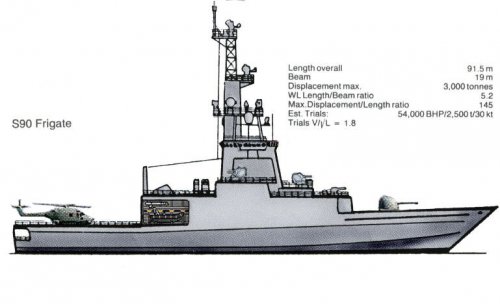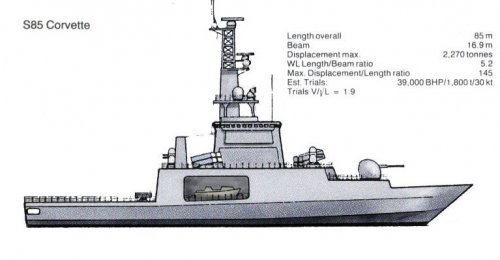Early in 1981 he warned that to maintain Britain’s defences at a time of rising costs, weaponry would have to take priority over aircraft numbers. Too much of the RAF’s capability, he said, was deployed in support of maritime forces.
Soon after, he put forward a plan for Nato involving military aid for developing countries and a capability to intervene against Soviet threats to vital Western interests outside Europe. Mrs Thatcher was not pleased; she had been planning to unveil a similar proposal when she met President Reagan.
That May she ended the practice of having a minister for each service, after the Navy Minister
Keith Speed publicly lobbied against cuts to the Fleet. Pattie had been more skillful in protecting the RAF, and stayed on as Under-Secretary for Defence Procurement.
But in February 1982 he had to defend the sale of the aircraft carrier Invincible to Australia, denying that cuts were needed to pay for Trident. When Argentina invaded the Falklands weeks later he said there was no question of cancelling the sale, but it was quietly dropped.
During the conflict, Pattie revealed that in the previous three years Britain had sold more than £120 million worth of military equipment to Argentina. Later, he disclosed that French technical help to the junta with Exocet missiles had included sending Super Étendard fighters for mock battles with British Harriers.
Promoted to Minister of State in January 1983, Pattie, with his fellow minister
Peter Blaker, called in J Walter Thomson to discuss an advertising campaign in favour of Cruise missiles and Trident. They did not tell their outgoing boss, John Nott; his successor Michael Heseltine liked the idea but decided to handle PR for nuclear weapons himself.
Frustrated at the Reagan administration’s reluctance to share defence technology with its allies, Pattie said in Washington that America was treating Nato members like Communists. He was relieved when Congress lifted a ban on Britain’s Martin Baker company supplying ejector seats for US military aircraft.
Working with Heseltine on getting better value for money, he favoured the independent designers of short, stubby warships over the MoD’s in-house team wedded to traditional long, slim vessels.



